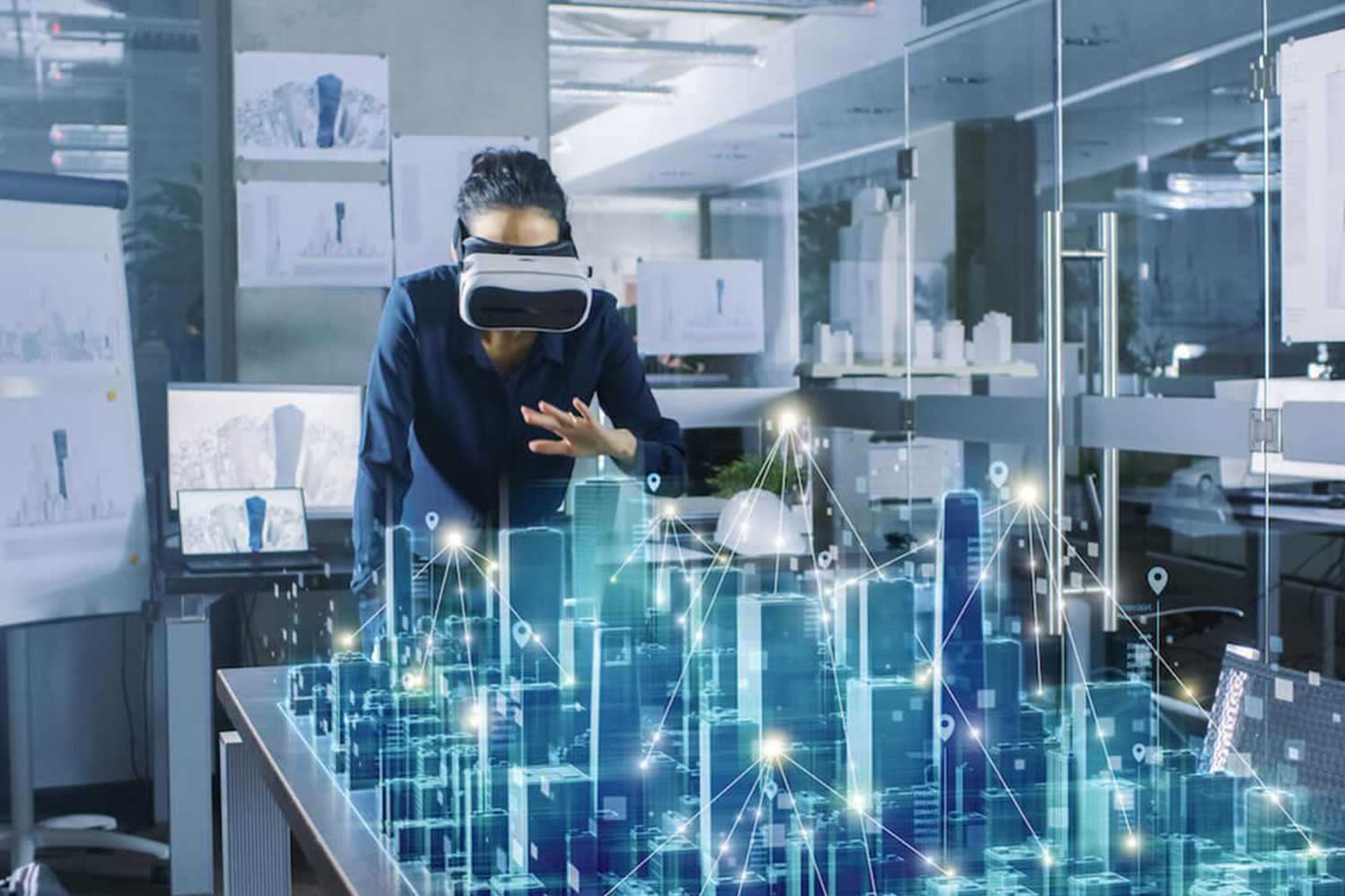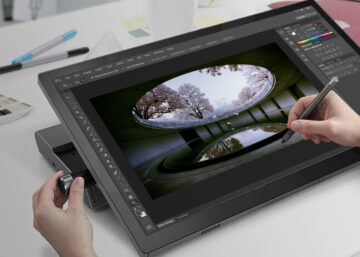Virtual Reality (VR) technology has become increasingly important in the architecture profession due to its ability to enhance the design process and provide a more immersive and interactive experience for clients.
One of the main advantages of VR in architecture is that it allows designers and clients to experience a virtual representation of a building or space before it is built, providing an accurate and immersive preview of the finished product. This helps to eliminate design misunderstandings and improves the overall communication process between the architect and client.
VR technology also enables architects to simulate various design scenarios and make changes in real-time, allowing them to experiment with different design elements, colors, and materials. This can lead to more innovative and creative designs, as well as a more efficient design process.
Moreover, VR allows architects to showcase their designs to clients and stakeholders in a more engaging and interactive way, providing them with a realistic experience of the building and its features. This can help to build confidence in the design and increase buy-in from stakeholders.
In addition, VR can also be used for virtual walkthroughs and simulations, which can help to identify potential issues and optimize the design before construction begins. This can reduce the need for costly physical mock-ups, reduce the construction timeline, and increase cost savings.
Overall, VR technology is rapidly changing the way architects design and present their projects. It provides a more immersive and interactive experience for clients, enables architects to experiment with different design elements, and helps to optimize the design and construction process.








